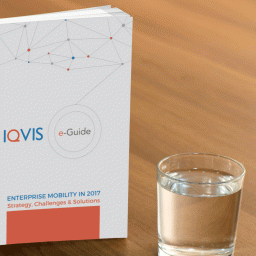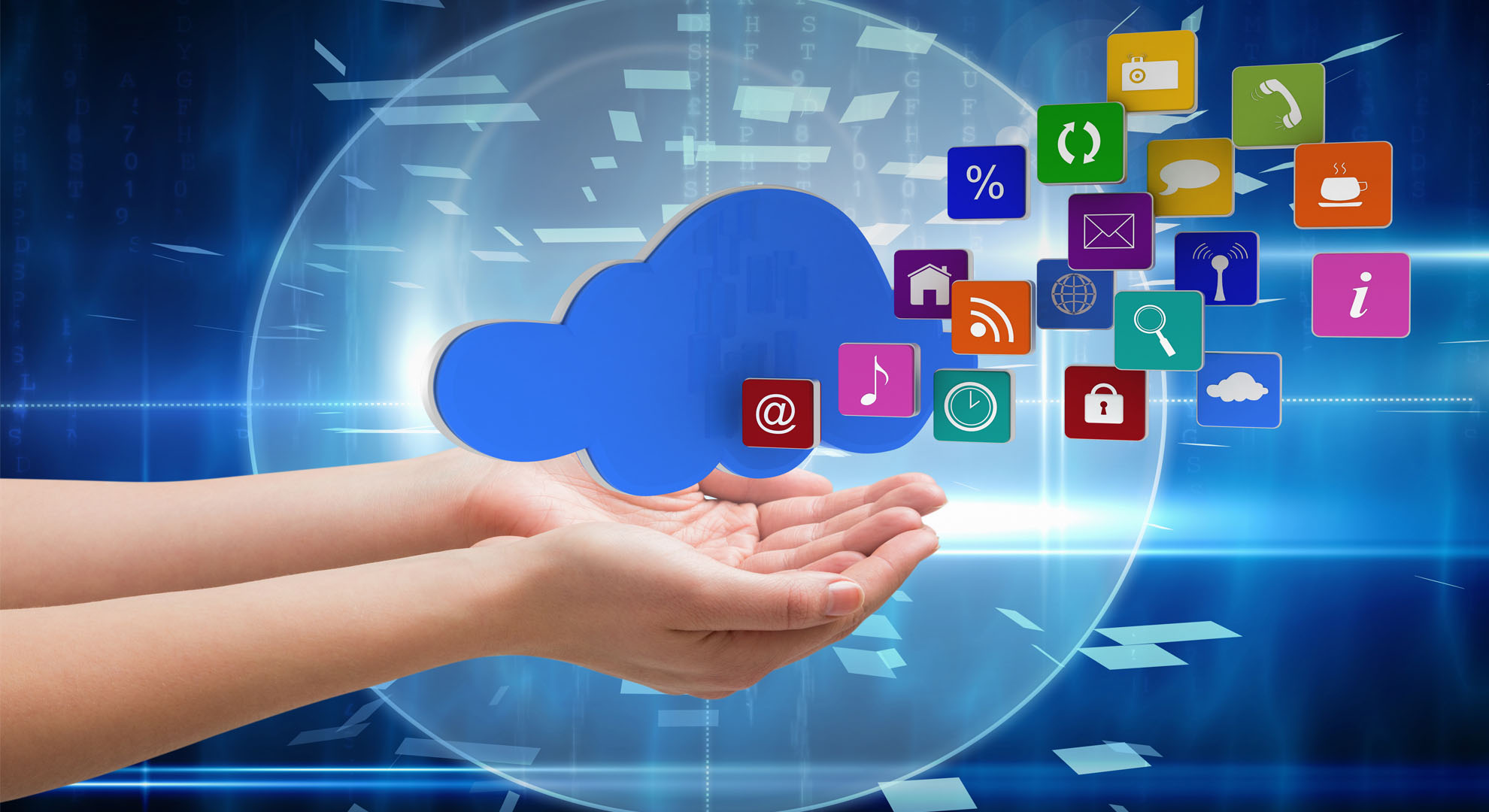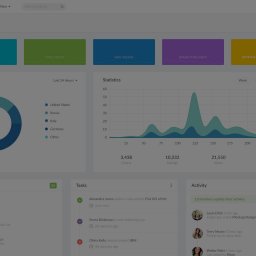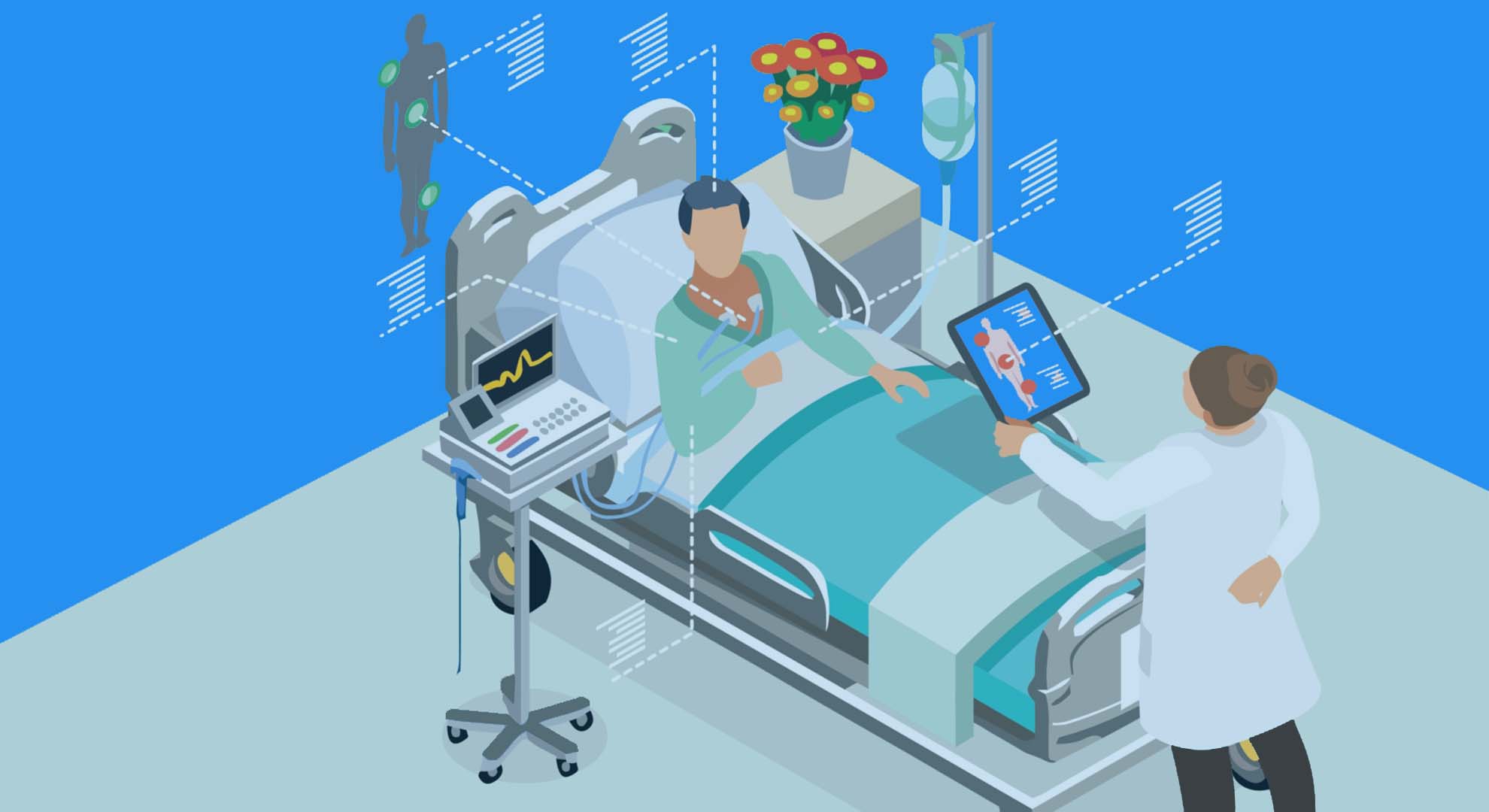Businesses’ optimistic approach towards productivity and better workforce management leads them to adopt new technologies. The ever-growing technology is just warming up many companies to shift towards enterprise mobility.
What is Enterprise Mobility?
Enterprise Mobility is the deployment of mobile technology across an organization working outside the workplace and communicating through mobile and web applications.
The shift is generally seen in the companies that are dependent on field services and field operations to offer services to the end consumers. However, the trend has shifted to the companies who were practicing the same old traditional central office model.
According to a survey:
“40% of businesses surveyed are working on improving their mobility strategy for individual productivity gains, team collaboration, and increase customer engagement. While to extend the benefits of business mobility to customers, 71% of the companies moving towards business mobility is, developing and deploying customer-facing apps focused on improving the customer experience”.
In a separate study by Microsoft, 1 out of every 3 employees are completely mobile and 1 out of 2 employees say they are expected to get work done no matter where they are.
In short, enterprise mobility can offer better customer services in an effective manner and increases the opportunities to expand the business. In the following, we are listing down some key benefits of mobility particularly with regards to boosting your business performance, productivity, and security.
1. Security
Businesses (big or small) exchange sensitive company’s data on a regular basis including client lists, sales information, financial data and much more. However, the information is often left on the employee devices, which might risk the security and privacy of company’s confidential data.
No doubt, the BYOD offers greater benefits for the workforce but if it is not managed well, it can possibly give illicit personnel accessibility to data in case the device is stolen or lost. Moreover, it is possessed by the risk of being attacked by mobile malware.
An enterprise mobility solution is far beyond authorizing a list of devices and makes a single device an aggregator of data, application, resources, and capabilities with control and omission of errors.
Businesses can benefit from enterprise mobility features including separation of personal and work data, secure communication through VPN and remote wipe abilities to secure data by removing the information from a mobile device.
2. Generate Bigger Revenue
Over the last decade, e-commerce has been simplified through the evolution of mobile apps. The opportunity is not limited to any specific business or community as you can leverage it to increase productivity and revenue by integrating mobile apps for the company.
For example, an online movie ticket service provider can offer exclusive user experiences to the consumers by smearing a blend of mobile apps and beacons. It will allow consumers to find the exact location of theater, view-building facilities, order food, purchase a ticket and buy parking tickets using just one app. Thus, it can offer consumers to do more than just buying a movie ticket.
Considering the above scenario in an enterprise context, mobile apps make things easier for employees by assisting them with features like editing documents and mobile customer relationship management. The enterprise mobility can help employees work closely with each department flexibly without restricting them to place or time.
According to a 2014 IDG study:
“Organizations implementing technologies, such as EMM to support a mobile infrastructure, reported increased productivity by 50% and increased employee morale by 39%”.
3. Improved Employee Productivity
Mobile apps help in modernizing the traditional paper-driven processes and systemize them to avail simplified workflow. The approach is much smarter than the older one, facilitating the workforce to enhance data accuracy and allows users to collect data such as location, pictures and time.
For instance, if we take waste management organization as an example, the company can form devise advance functionalities like optimization of trucking directions. It will enhance the efficiency of truck drivers who drag the waste in trucks. The app will help them to adopt the best route that is less time-consuming.
It will not only save the commuting time of each truck but also lessens the number of vehicles required in a particular area.
4. Better Communications
Most of the times, companies need to provide customer support to the end consumers. This requires to give permission to the employees to access corporate data from their mobile devices and assist customers with real-time information.
For example, a health organization can facilitate employees to access a number of enterprise apps like asset management, map navigation and patient engagement apps from mobile devices.
Similarly, a hospital can use a mobile app to change an emergency room into an ICU room by examining and submitting details like bedside documentation, order entry, image capture and retrieval. The app allows the patients and family members to learn about the equipment in the room, ask a question to the staff and check details about the doctor.
5. New Data Give Updated Insights
Connectivity in mobile apps and sensors offer an amazing visibility in status and health of equipment. Internet of Things and Mobility drives a radical change for a manufacturing unit by assisting them with high tech supply chain tracking systems and prognostic maintenance.
The manufacturing unit’s owner allows plant manager to enter the data of production, inform them timely about equipment, data visualization, and line efficiency at a cheaper cost than traditional paperwork.
For instance, a car-manufacturing unit can develop smart production process by facilitating comprehensive offerings of IoT. The plant manager can use sensors to identify real-time production blunder in the production plant.
Moreover, the application of mobility along with IoT guides manufacturers in reducing work reducing scrap rates and enhancing the troubleshooting capabilities. In this way, the company can lower down the cost of production.
Conclusion
In today’s competitive environment and prioritizing customer-centric approach, going mobile for industries and organizations have become essential. It allows employees to stay productive, maintain security, and keep employees prolific without incurring extra cost.
Going for Enterprise Mobility Management to manage mobile devices along with their applications, security, content, and configuration can offer businesses to embrace the mobile trend and take full advantage of a number of business benefits.
Free Resource
If you’re facing mobility challenge and want to cope with it, download our free ebook that contains comprehensive guidance on the mobility challenges in 2017 and how enterprises can cope with it.
















